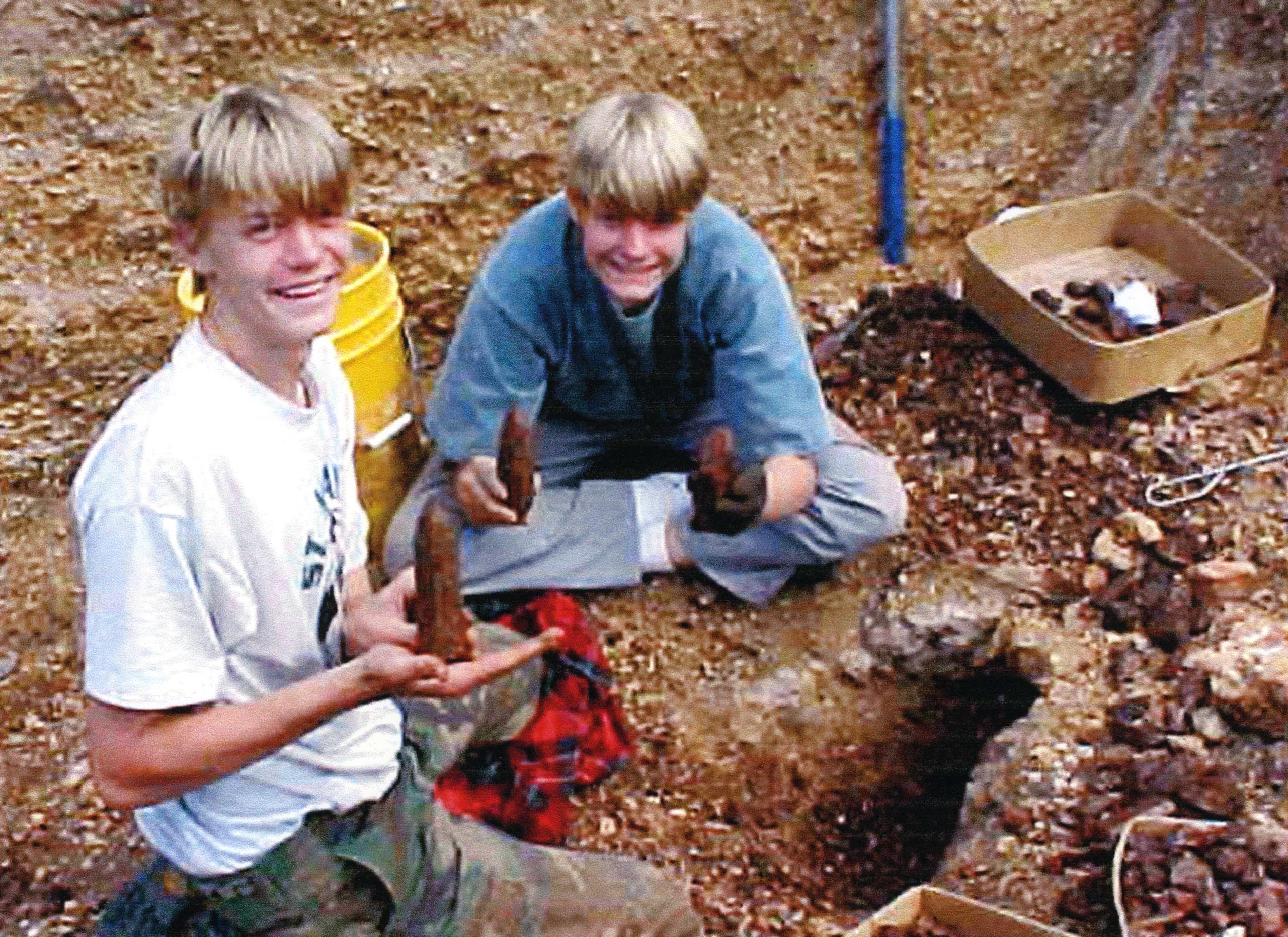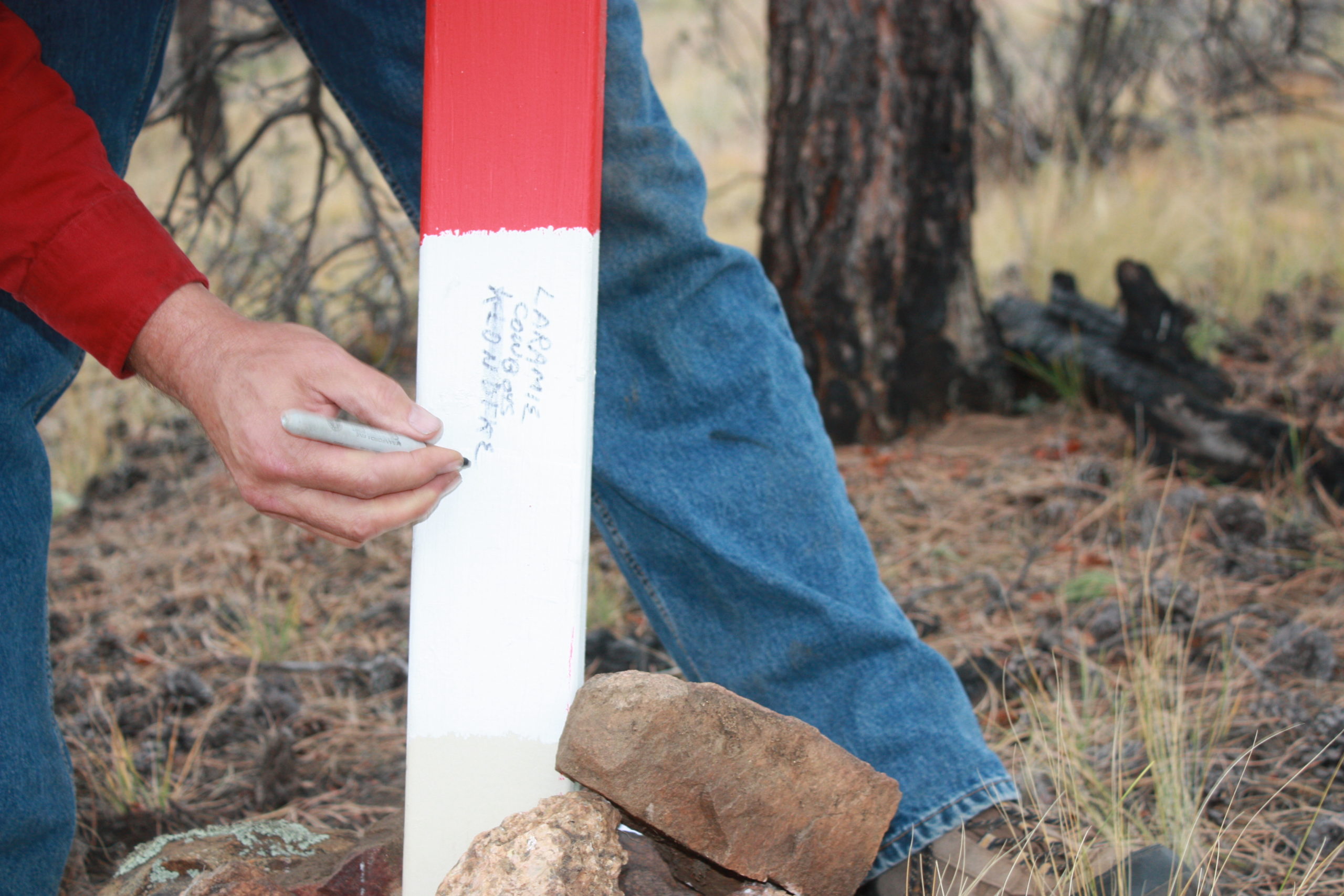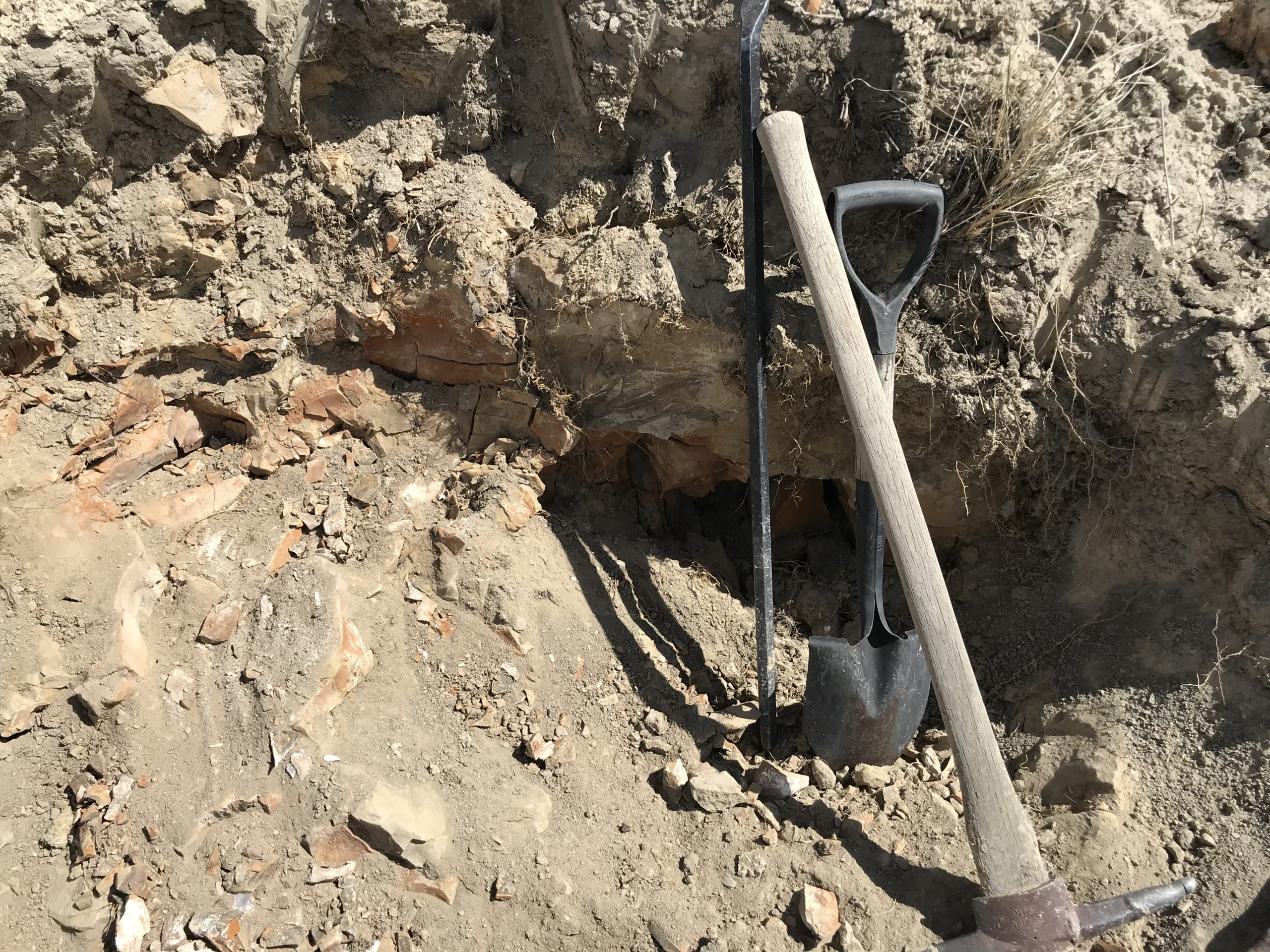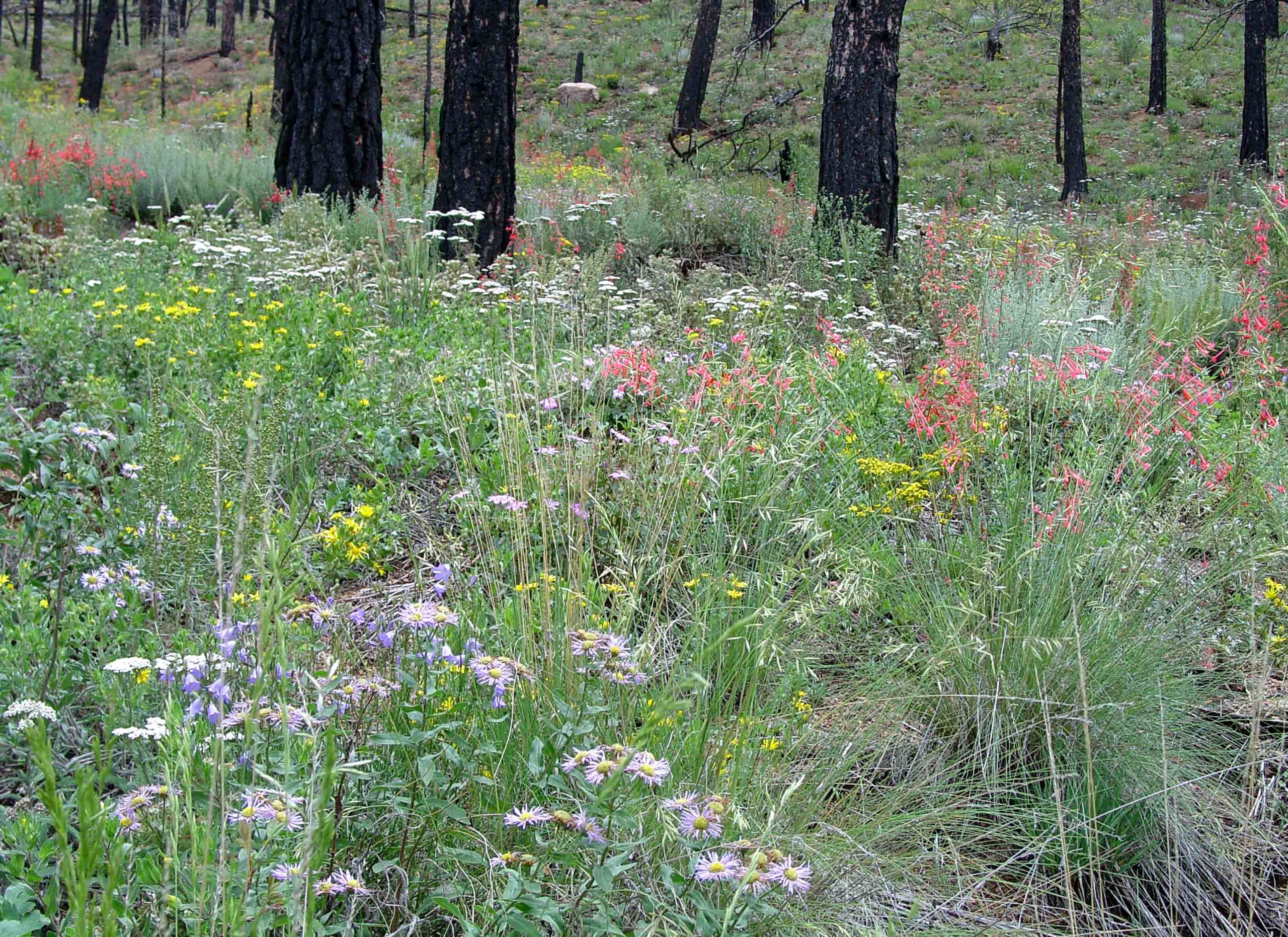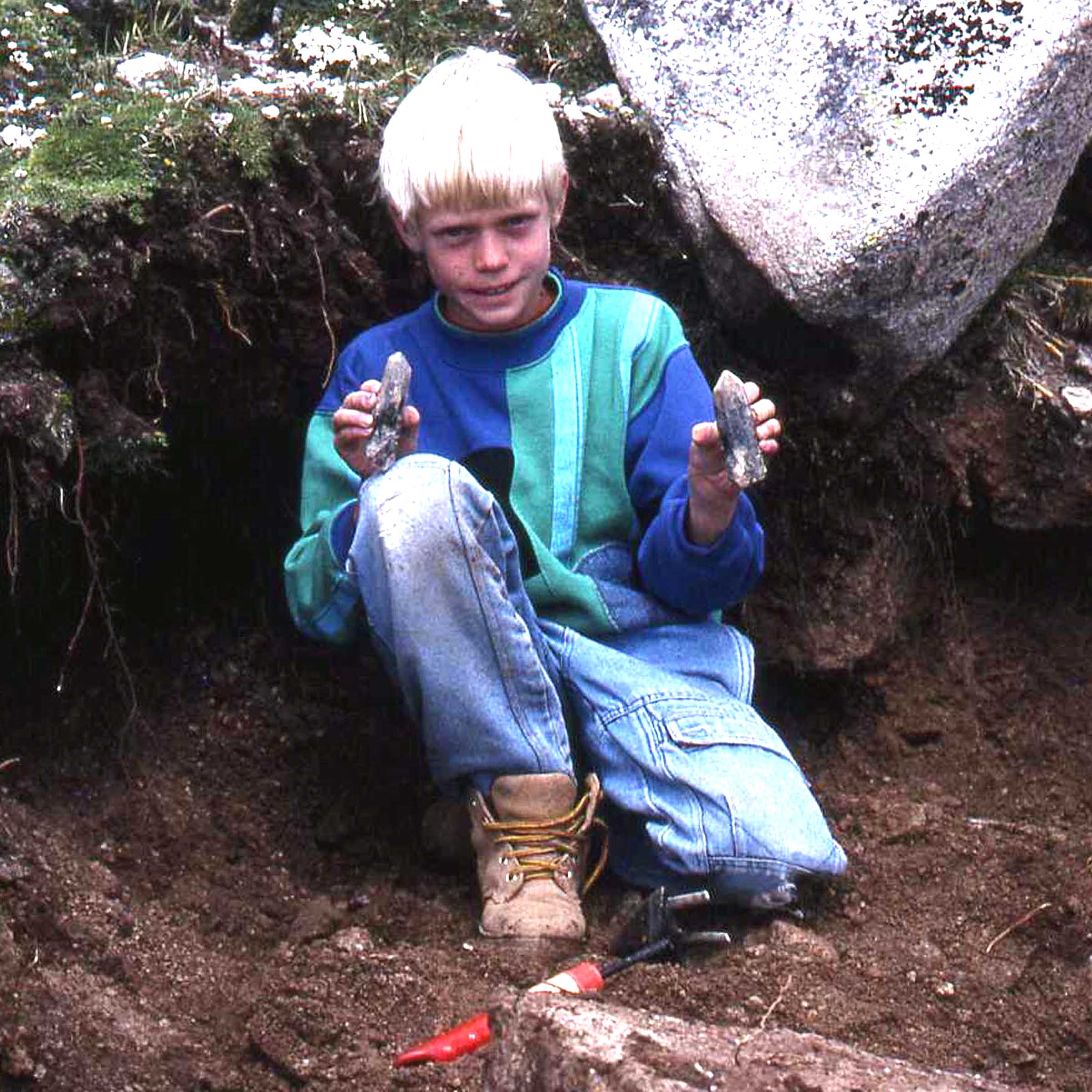
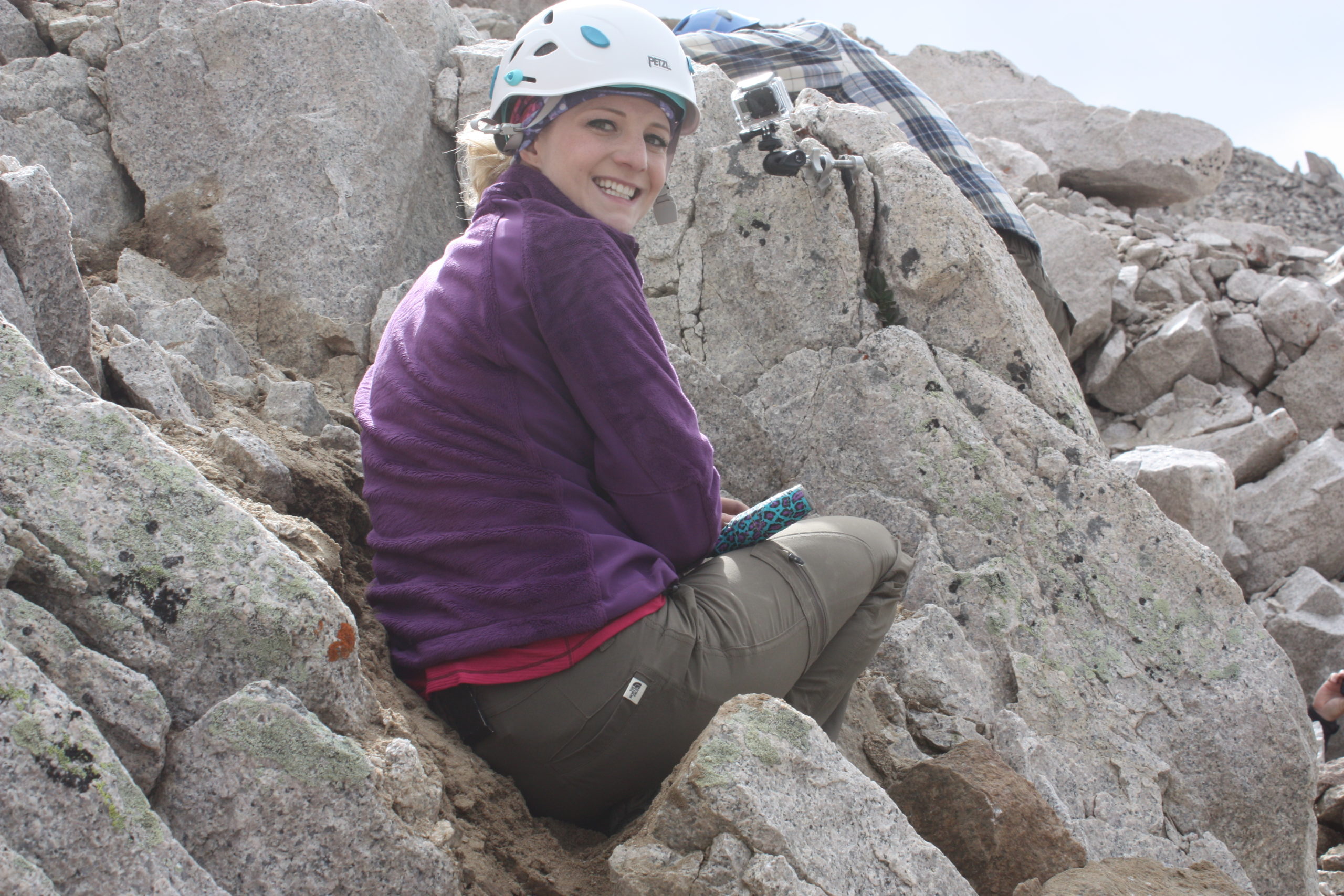
We get numerous inquiries on where to go for collecting. We’ll give you a few tips but this is very general. We may expand this page if you wish. Please email us with suggestions for it.
The best advise we can give you is to join a gem and mineral club, especially in the geographical area where you are interested in going to collect. There are also field guides to every region in America. Many articles can also be found on the web for specific areas.
This is the link for the American Federation of Mineral Societies https://www.amfed.org/ If you are interested in joining a club in our area which my participate in a field trip to one of our claims, try contacting them. I won’t give the club links, but Colorado has dozens of mineral clubs: Several in Denver, Colorado Mineral Society, Littleton Gem and Mineral Club, The Denver Gem and Mineral Guild, Flat Irons Club, Grand Junction, Colorado Springs Mineralogical Society, Lake George Gem and Mineral Club, Pueblo, Canon City, and others. Look through the list and inquire if they have any upcoming fieldtrips and if you can join them. Many will allow you to be a guest, but club member fees are very reasonable.
The American Federation of Mineral Societies has a set of ethics for collecting, most clubs carry insurance for field trips, most sponsor gem and mineral shows, all have educational programs, all have programs for youngsters, most have newsletters, and all have a good group of like-minded individuals of all ages. You cannot beat a club.
We focus on hosting mineral clubs for the above reasons. We will also host school groups, youth groups, and earth science students when we can.
Please note: We are an operational mine. We are not a hobby or recreational tourist site. We have strict Federal, State, and even County rules and regulations about what we can and cannot do. Visits are limited within the scope of our approved mining permits. If we violated our approved mining plans of operations we can face fines of up to $10,000 a day (probably not, but it’s possible) and we can be shut down. We rely on mining for our business which supports a number of individuals. Having said that, we try to open up collecting on a limited basis, primarily for clubs. And, although we are not a “recreational tourist site,” yes, it is fun. But please keep in mind, we have to balance this with safety and our ability to support your visit. (See Visits to Amazonite and Topaz claims.)
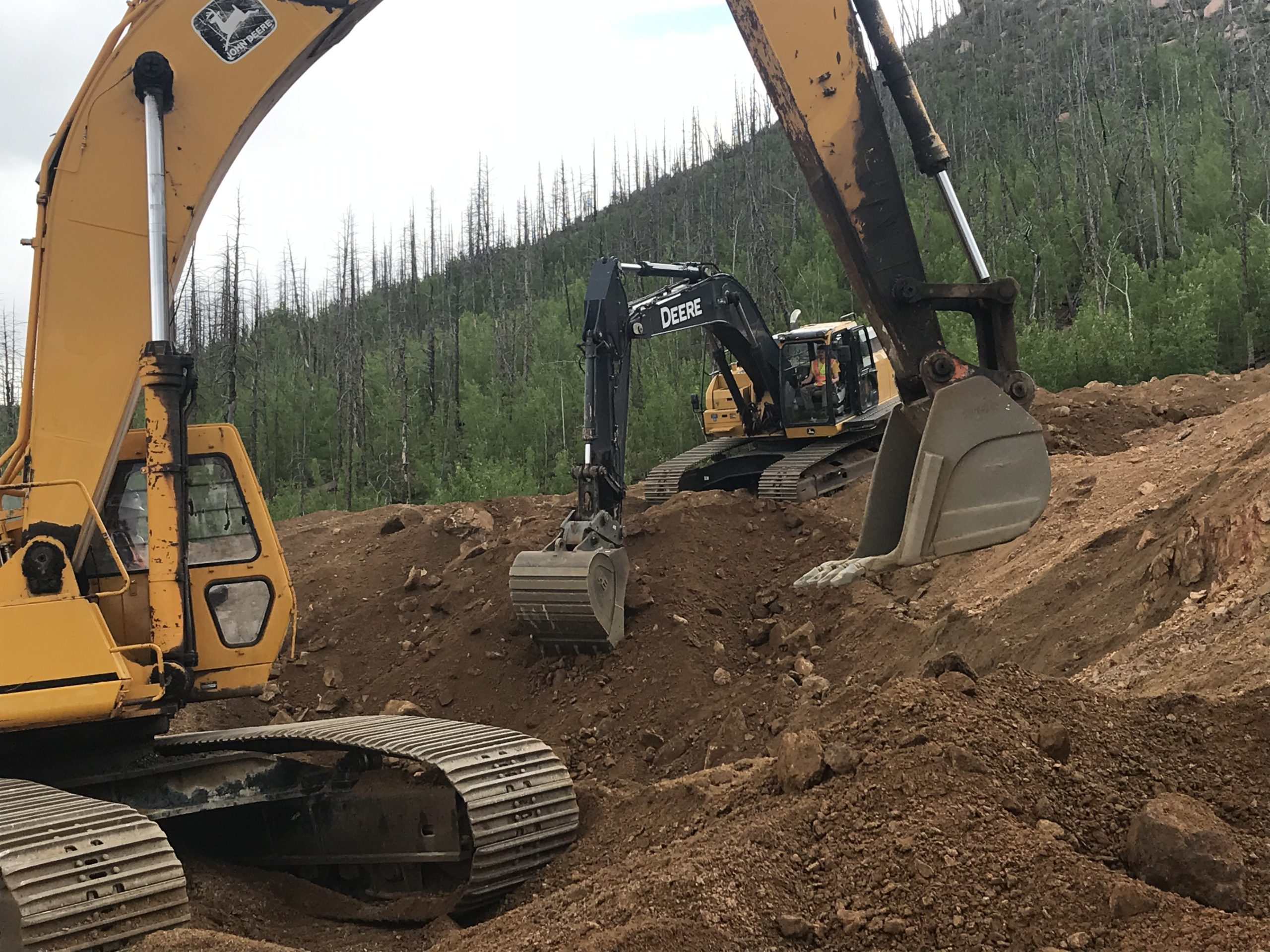
Besides on someone’s claim or an active mine, where can I go to collect? You can collect crystals and mineral specimens on Federal lands for hobby and personal purposes (this essentially means no selling and limited quantities). BLM regulations and National Forest regulations differ somewhat, and I am not going to cite them here. This is very brief, general information. This is not complete and I don’t take responsibility for your misunderstanding or my possible error. (Which is why you need to join a club.) I am also only addressing mineral specimens, not fossils or petrified wood, and certainly not artifacts.
The lands must not have been removed from mineral location. You must not be on an active mining claim. Private property inholdings abound within the National Forest and you must have permission to collect on private property. National Monuments, Wilderness, Parks, Archaeological Sites, etc. are examples of Federal lands that are removed from collecting (some exceptions are made for scientific studies, etc.)
Some State lands are also open for collecting.
How do I know if it is under claim? The BLM has records of all mining claims, but there is no map except of each individual claim. If you are in an area where you find mining monuments then do your research and determine where the claims are. Please note that just because a post is down, it does not invalidate a claim. Also, there may be little evidence of any activity, but the claim is still valid. You can cross a mining claim but the claim owner can (and should) keep you off of unsafe areas or areas where active operations are underway. This includes all mining access roads. (If the roads are non-system roads, the roads are bonded by the claim owners. Essentially, they own the roads and must remove them at the close of mining. Normally they will have a gate which may or may not be locked.) You cannot remove any minerals from an active mining claim. Destruction of any monument, signage, barriers, equipment, tools, property on claims, etc., is a felony and is considered mineral trespass by most Western States. Others treat it as vandalism or trespass, but it can carry a heavy penalty. Clubs often know where claims are and often make arrangements with claim owners for field trips or visits.
But there is no land that is open. Hogwash! The Pikes Peak Batholith covers 1,200 square miles. The batholith can contain crystal pockets throughout. Although not all is National Forest, there is plenty that is open to collecting. Most will be farther from the most accessible areas.
You should review any of a number of collecting guides (search the internet) to determine popular areas. Most will give status information if known. For example, the Gold Camp Road near Colorado Springs has a large, closed section to vehicle traffic, but the slopes above and below the road have produced many nice crystals, especially smoky quartz crystals.) The guides will give you information on what was found and is more prominent, for example, reibeckite, astrophyllite, fluorite, and smoky quartz. When collecting on open lands, practice all ethical camping and usage rules for our national lands. The saying goes, kill only time, take only photographs, and leave only footprints. Well, you can overdo it with footprints, and you can remove a few mineral specimens, but it’s a good guideline. You can also dig small excavations to expose near-surface specimens.
If you make any disturbance, practice never to cut a tree and always fill your hole! Most small disturbances are beneficial to a degree depending on where they are located and how intense the area has been disturbed. (See my article on reclamation.)
The practice of trenching slightly across slope helps stop any possible erosion from the disturbed soil. Do not plant grass seeds or small trees unless you obtain seeds and trees that are approved for the area you are in. The small disturbance you create actually plants a lot of seeds you won’t see.
Avoid driving off-road vehicles to digging sites. (This is forbidden.) These tracks through the woods causes much longer-lasting damage than you would imagine. Water easily runs down the packed tire tracks and the compression crushes and kills sensitive plants, etc.
If you recognize some of the invasive weeds (make sure you have positive ID) feel free to remove them. Check with the County Extension Agency on these unwanted plants.
There are many good rock hounding books out there. Just be aware you are responsible for knowing where you are at and what is open and not. Many of the books cannot keep up with the many closures of areas. (Likewise, there are new areas that do become available.) Again, clubs are your best source of information.
Also, check out the many club websites.
Good luck.
Again, I may update this to answer specific questions. Let me know via an email. I may not be able to answer your specific email. You can imagine our schedule.
Joe
